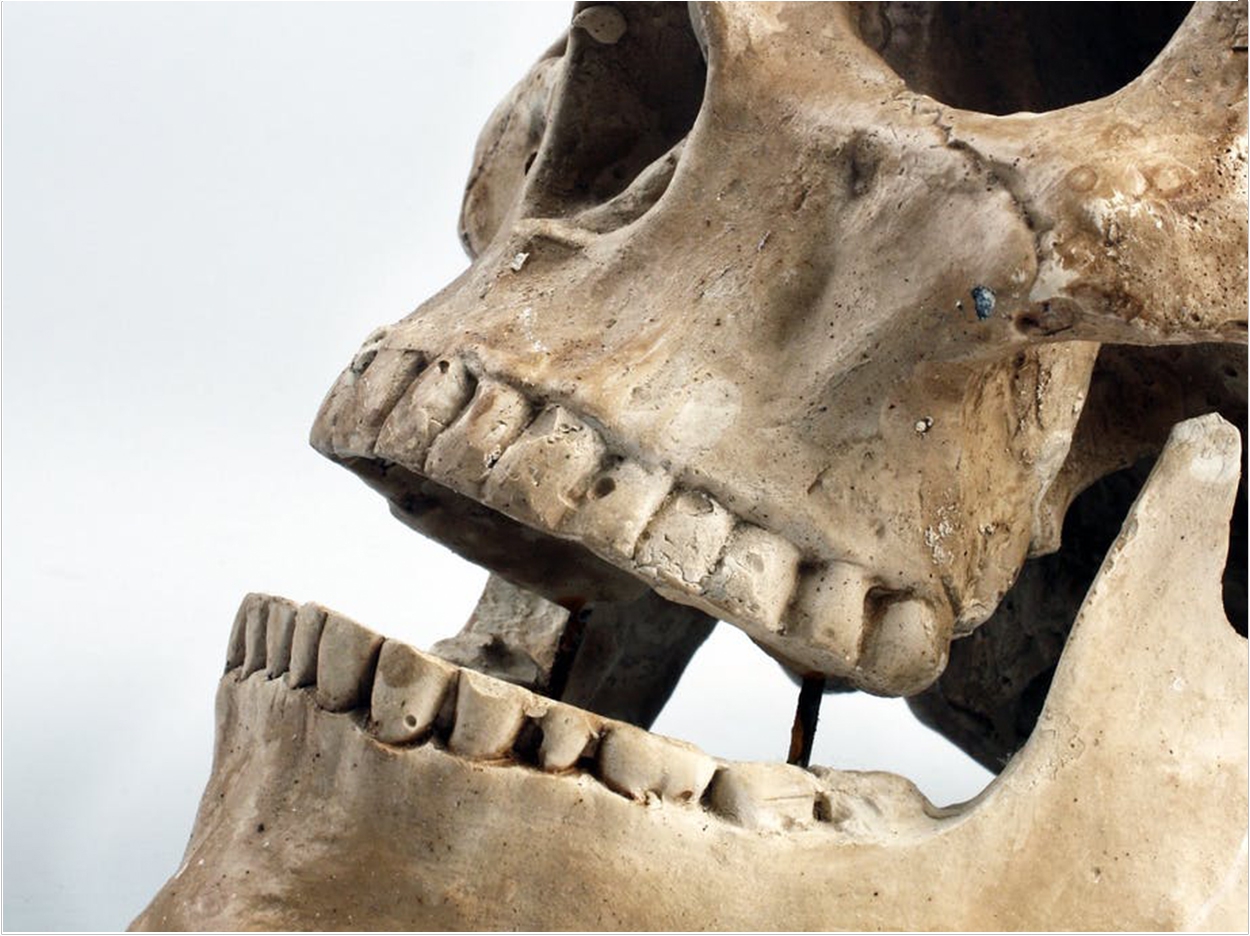
There’s a surprising amount of information stored in the hardened plaque, or calculus, between teeth, according to an international team of researchers. And if that calculus belongs to the remains of a person who lived in ancient times, they added, the information could reveal new insights about the past.
Tiny samples can be difficult to work with, though, prompting the researchers to apply a new method to this analysis that finds more proteins than traditional approaches.
The human mouth is full of interesting molecules, the researchers said, such as DNA and enzymes in saliva, proteins and lipids from bits of food stuck between teeth, and the bacteria of the oral microbiome. Under the right conditions, these molecules can be preserved in dental calculus for thousands of years.
Identifying the biomolecules preserved within ancient plaque provides clues about how our ancestors lived, what they ate, what diseases they had, and more, the researchers said. But there’s only so much plaque that can be scraped off old teeth, according to the researchers, so it’s important to apply methods that can extract the most information from miniscule samples.
No gold-standard method for calculus analysis exists, the researchers said. Filter-based techniques often are used, but they can be time-consuming and can introduce contaminants. The researchers, then, examined whether single-pot, solid-phase enhanced sample preparation (SP3) could improve the number and complexity of protein fragments that could be analyzed from preserved plaque.
The researchers applied SP3 to the analysis of calculus from 153 ancient individuals dating between the first and fourth century BCE. With SP3, functionalized magnetic beads grabbed onto protein fragments, making them easy to analyze by mass spectrometry.
SP3 reliably increased the number of unique protein fragments the researchers could identify in samples, including smaller peptides that two other methods, ultrafiltration and acetone precipitation, missed. SP3 also was easy to perform and less likely to introduce contaminants than the other methods. Using this approach, the researchers identified fragments of dairy proteins from the subjects’ diets as well as bacterial proteins that could shed light on ancient diseases.
The study, “Comparing the Use of Magnetic Beads with Ultrafiltration for Ancient Dental Calculus Proteomics,” was published by the Journal of Proteome Research.
Related Articles
Major Life Events Leave Their Mark in Cementum
Dental Traits Reveal Genetic Relationships Between Human Beings
Ancient Enamel Reveals Ancestors’ Role in Human Family Tree












